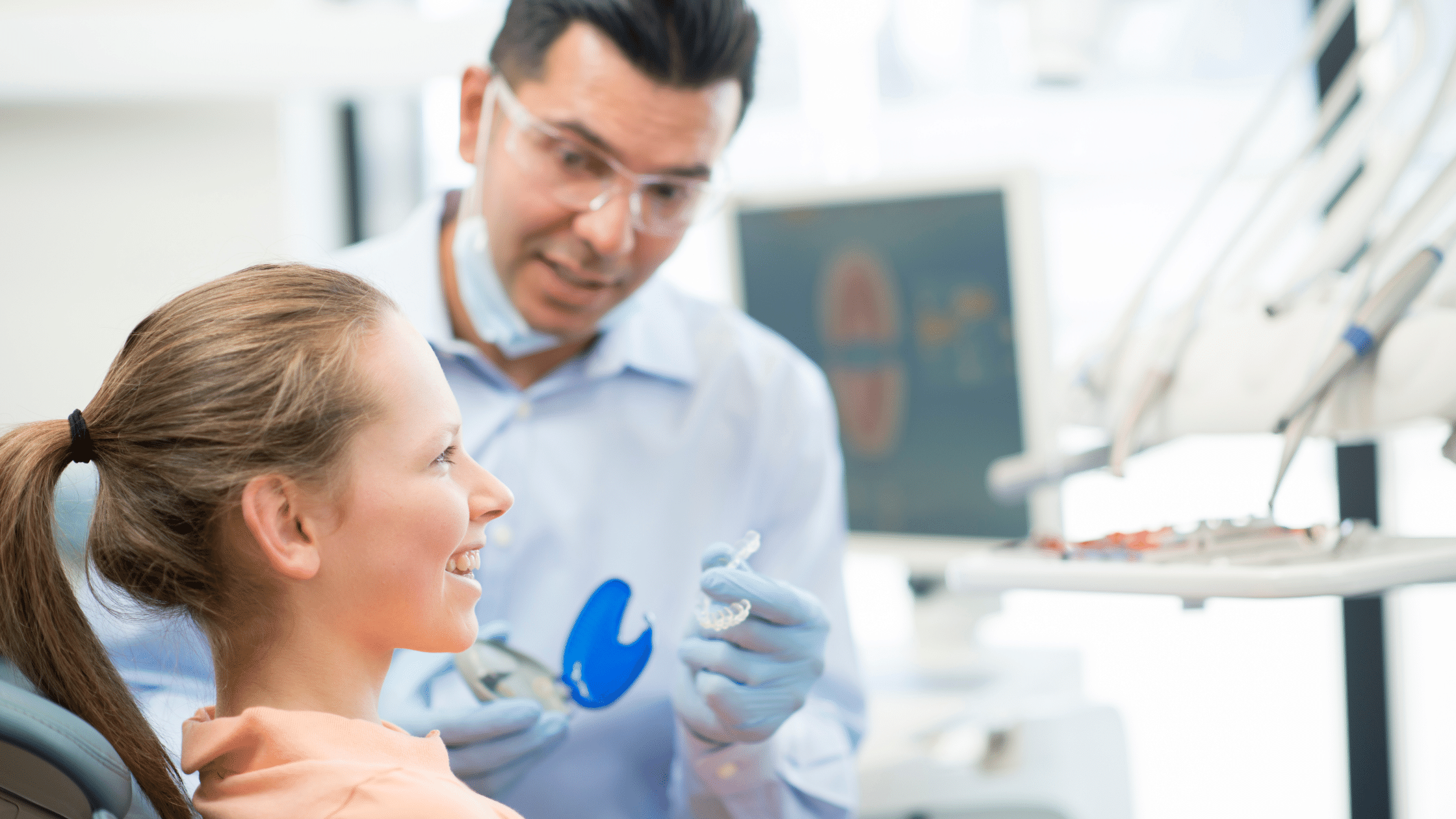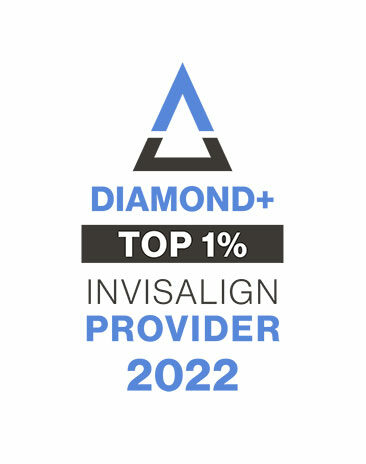To improve your smile, it takes commitment where you and your orthodontist work together to achieve your long-term dental goals. When you take out your final set of Invisalign aligners and reveal your stunning new smile, knowing that you won’t be getting any more at your upcoming appointment is an exciting time.
While your formal Invisalign treatment is over with your final set of aligners, there is still some work to be done to ensure your healthy smile lasts a lifetime.
Invisalign Clear Aligners
Many people who need orthodontic treatment prefer Invisalign because the transparent aligners and quicker process allow for flexibility and little inconvenience.
The aftercare procedures are typically the same for getting metal braces, even though clear aligners may fit more comfortably than conventional braces. Therefore, most orthodontists will recommend post-treatment regimens after your Invisalign treatment is complete to maintain retention rates.
A 2010 poll found that 58% of professionals advise patients to wear removable retainers. However, if you adhere to all suggested procedures, you can prevent your teeth from shifting back to their original locations, which will help maintain your smile.
Treatment is divided into two phases: the active and retention phase.
Invisalign Active Phase
The first, or “active,” phase describes the actual procedure by which the position of your teeth, bone, ligaments, and gum tissue is altered. At this point, the pressure from the Invisalign treatment changes the bone and gum tissue at the cellular level, allowing the teeth to move into new locations.
The aligners apply consistent and moderate pressure that promotes bone remodeling, a normal biological process. The bone and tissues supporting the teeth deteriorate, and the ligaments that hold them in place become loose. The teeth can now move as suggested by the clear aligners.
Although every patient is different, and the precise course of treatment will depend on your particular circumstances, the active portion of your treatment will involve the following for common smile issues, including an overbite, an open bite, or crowding:
- Leveling and Aligning
- Bite Correction, and
- Finishing: Involves looking at the aesthetics of your smile, your bite, and how everything has come together. If necessary, final adjustments are made, like reshaping the teeth or finetuning your smile. The retention phase is planned after this.
Invisalign Retention Phase
You enter the retention phase after the orthodontic treatment phase, where the dentists ensure your results last beyond treatment. The retention phase involves wearing a retainer, which helps to reduce the risk of aging-related changes to your teeth by holding them in the appropriate position over time.
By allowing your gums, bone, and ligaments to reorganize around your teeth after receiving Invisalign treatment, retainers reduce the possibility that your teeth will move out of place.
Following the Invisalign treatment, wearing a retainer helps guarantee a long-lasting, straight smile. Most patients initially wear their retainers full-time for a brief period of time before switching to wearing them solely at night, and in other circumstances, only a few nights per week, over time. However, every situation is different since it depends on your mouth and what our orthodontists advise.
If you do not look into retainer options after Invisalign, the teeth have a natural tendency to move back towards their original positions, which may result in a relapse and the need for more orthodontic therapy.
Retainer Options To Consider
- Fixed Retainers: A thin metal wire used in fixed retainers is glued to the tongue-side behind the teeth. These retainers assure you that your teeth won’t shift after Invisalign treatment because they stay in place permanently.
It means it can remain there if you’re willing to clean it and if you want to keep your teeth in place. Nobody will be able to tell you are wearing it because it is discrete.
Better still? They won’t ever get lost! After Invisalign, bonded retainers are quite typical, especially on the lower set of teeth if there was less crowding before treatment. A bonded retainer can be beneficial when a patient has a gap in their top teeth.
- Removable Retainer: This design is available in two variations: a clear retainer that resembles an Invisalign tray and a regular wire retainer. Since they are comfortable and long-lasting, many Invisalign patients opt for the clear removable retainer.
- Hawley Retainers: Hawley retainers have been used in the business the longest and are the most well-known alternative. These removable metal and plastic retainers are engineered to precisely suit the contours of your mouth. Initially, you’ll need to wear your retainer frequently, but over time, the amount of time you need to wear it each day will shorten.
Effective Caring Options For Your Retainers
While retainers can last for many years, it’s vital to remember that you should replace them as soon as you see indications of deterioration. They can only exert the proper force and fit precisely to be effective. Here are some helpful pointers for maintaining the condition of your retainers:
- Use a soft toothbrush daily to clean the detachable retainers on both sides.
- Soak them in a retainer-cleaning solution to give them a deeper clean once a week.
- Brush around your wire thoroughly twice daily if you have permanent retainers, and continue to floss once daily.
- To avoid tooth decay or gum disease, it’s crucial to thoroughly clean this wire because it can readily retain food particles.
Oral Hygiene Practices To Follow On Invisalign Aftercare
There are a few additional measures you should take to maintain your new smile in addition to using a retainer following Invisalign treatment:
Continue brushing and flossing: After the aligners are removed, brush your teeth at least twice a day with fluoride toothpaste and floss daily.
Go to your dentist for follow-up cleanings and checkups: Regular dental cleanings are crucial both during and after your active treatment since only professional cleaning can eliminate plaque that has hardened.
Consume a balanced diet: Your oral health can be greatly improved by eating a balanced diet that includes the essential vitamins, minerals, fruits, vegetables, lean protein, low-fat dairy, complex carbs, and healthy fats.
After Invisalign, wearing a retainer ensures that your smile is healthy and long-lasting. Continue to brush and floss frequently and schedule regular checkups and cleanings at your general dentist. Additionally, it’s crucial to maintain strong teeth and improve overall dental health by eating a healthy, balanced diet with essential vitamins.

